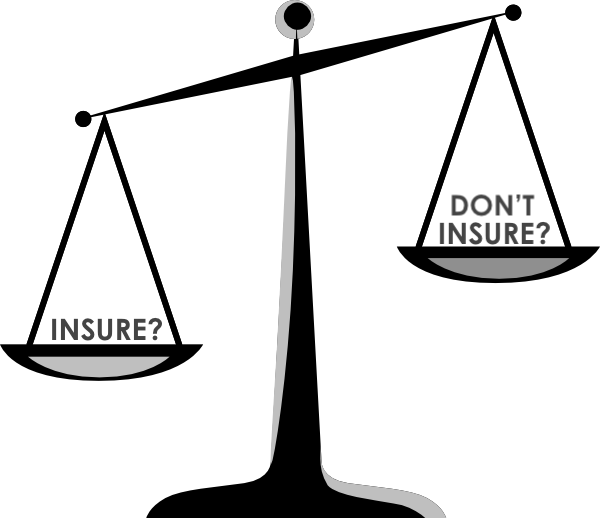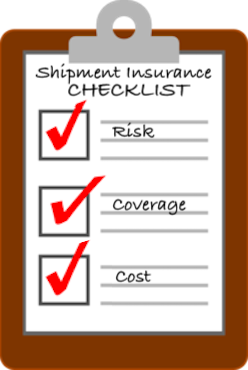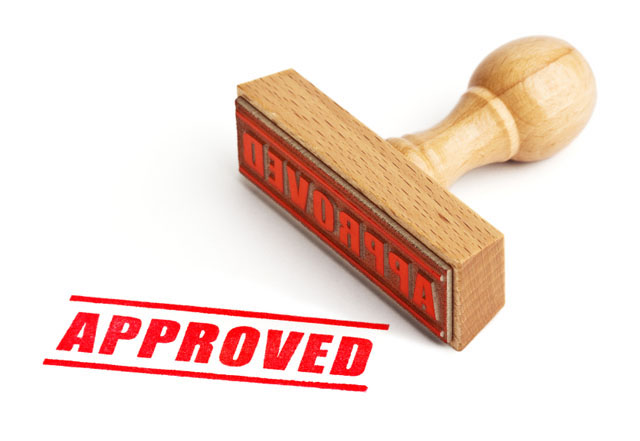When it comes to insuring ecommerce shipments, even the savviest of online sellers may not know it all. Don’t be misled by these common myths about shipping and insurance.
Myth #1: Insurance is for the buyer’s protection.
A lot of sellers are confused about this. Don’t be one of them! Insurance is for the seller’s protection, not for the buyer’s benefit.
On eBay, you can’t even charge the buyer for insurance as a separate line item. That’s because the buyer is covered by eBay’s Money-Back Guarantee: “Get the item you ordered or your money back.”
Should an item arrive damaged and the seller be unwilling to issue a refund, online buyers can file a PayPal or credit card chargeback. eBay buyers can open a SNAD case, too, since the item is not as described.
It’s true that you may need the buyer’s help in order to file a claim — especially in the case of insurance purchases directly from the carrier, who may require the broken item and its packaging to be presented for inspection. You also may want to hold off refunding your buyer until they’ve helped you file the claim, so they’re motivated to assist you.
But it’s not OK to withhold a buyer’s refund while you wait to be reimbursed by insurance.
Myth #2: Insurance must be purchased from the carrier.
This may be the most perfidious myth of all! Not only is there no mandate to buy insurance through your shipping carrier, numerous third-party insurers (including ShipSaver) offer better coverage for less than what the carriers charge.
Furthermore, third-party companies such as ShipSaver are usually much easier to work with when it comes to filing a claim. So it literally pays to shop around before you buy!
Myth #3: Laptops, LCDs, TVs, mobile phones, and tablets can’t be insured.
Oh yes, they can! These items are extremely fragile and loss prone, and they often are not properly packed. For these reasons, USPS and some other carriers exclude them. However, ShipSaver will provide full coverage as long as an adult signature is required at the time of delivery.
Myth #4: There’s no way to insure USPS First Class International packages.
USPS won’t insure its own First Class International packages, but third-party insurers like ShipSaver are happy to cover most items shipping via USPS FCI. There are some exclusions, of course, but no more so than for other mail classes.
Myth #5: Insuring packages is a time-consuming and cumbersome process.
This is only true if you actually go to the post office to purchase shipping labels and insurance, which hasn’t been necessary in this century. Nowadays, insurance on any or all of your items is just a click or two away at shipping time.
In fact, with ShipSaver, you can bulk-insure all your items at once; filter to insure only selected items; or even set up auto-insure, which automatically insures all shipped items meeting criteria you set — e.g., items valued at $X or more. All of these options are available whether or not you also purchase shipping labels through ShipSaver.
Myth #6: Packages must be insured at the time of shipment.
Not necessarily! With ShipSaver, you can add coverage up to one full calendar day after you’ve shipped your item. By the same token, you can also cancel insurance up to one full calendar day following shipment.
Now you’ve got the straight dope and can insure your shipped items with confidence, knowing you’ve done it right!



 ShipSaver
ShipSaver April 18, 2019
April 18, 2019 
